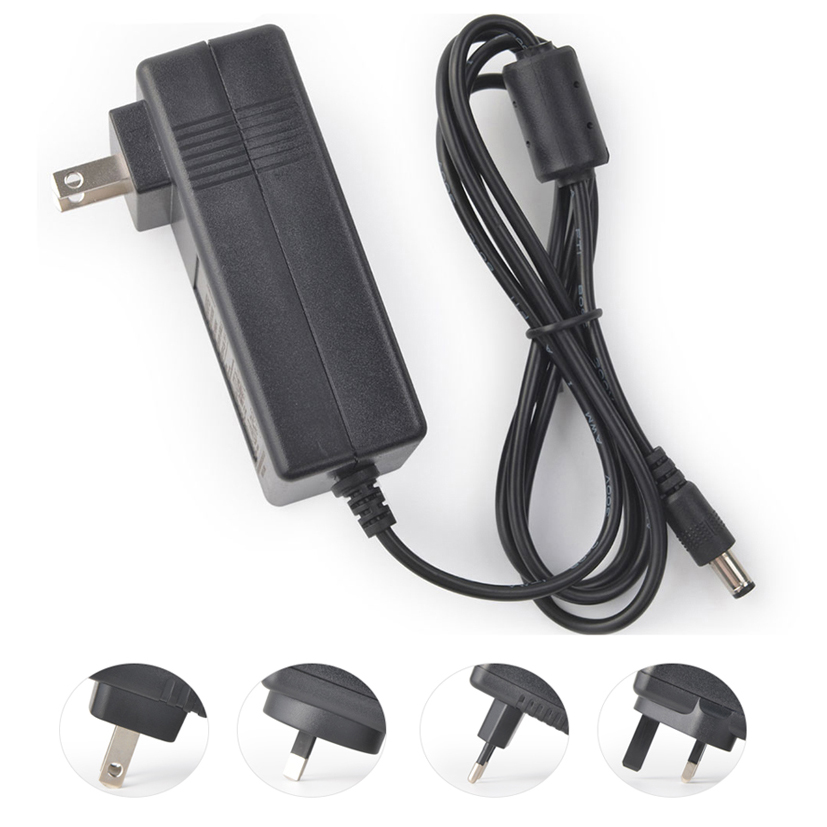Blog
Related News
How can we detect whether the output voltage of an AC-DC power adapter is abnormal?
Views : 281
Update time : 2024-09-11 10:29:10
The following are methods for detecting whether the output voltage of an AC-DC power adapter is abnormal:
- Measure with a multimeter:Select the appropriate multimeter range: Set the multimeter to the DC voltage range, and the range should be higher than the output voltage of the power adapter. For example, if the adapter's output voltage is 12V, you can choose the 20V or 50V DC voltage range.Make correct connections: Touch the red probe of the multimeter to the positive output terminal of the adapter (usually the center hole), and the black probe to the negative output terminal (usually the outer metal part).Measure and read the voltage value: Plug the adapter into the power source and turn on the switch. Observe the value displayed on the multimeter, which is the output voltage of the adapter. Compare the measured value with the nominal voltage of the adapter. If it is within the allowable error range of the nominal voltage (generally ±5% or other specified ranges), the output voltage is normal; if the deviation is large, such as much lower than or higher than the nominal voltage, it indicates that the output voltage is abnormal.

- Connect an electronic load for testing:Select an appropriate electronic load: The electronic load should be able to meet the power output requirements of the power adapter and have the function of setting parameters such as load current and voltage.Connect the adapter and the electronic load: Connect the output terminal of the power adapter to the input port of the electronic load. Set the current, voltage and other parameters of the electronic load as needed.Observe the output situation: Turn on the power switch. After the output current and voltage of the adapter are stable, observe the current, voltage and other parameters displayed on the electronic load. If the voltage is stable and within the normal range, it means that the output voltage of the adapter is normal; if the voltage fluctuates greatly or is outside the normal range, the output voltage is abnormal.
- Measure with an oscilloscope:Connect the oscilloscope probe to the adapter output terminal: Connect the probes of the oscilloscope to the positive and negative output ports of the adapter respectively.Turn on the power and observe the waveform: Turn on the power adapter and observe the waveform displayed on the oscilloscope. Under normal circumstances, it should be a stable DC waveform. If there are noise, large fluctuations or other abnormal conditions in the waveform, it may mean that there is a problem with the output voltage. By observing the voltage amplitude on the oscilloscope, you can also directly determine whether the output voltage is consistent with the nominal value.



